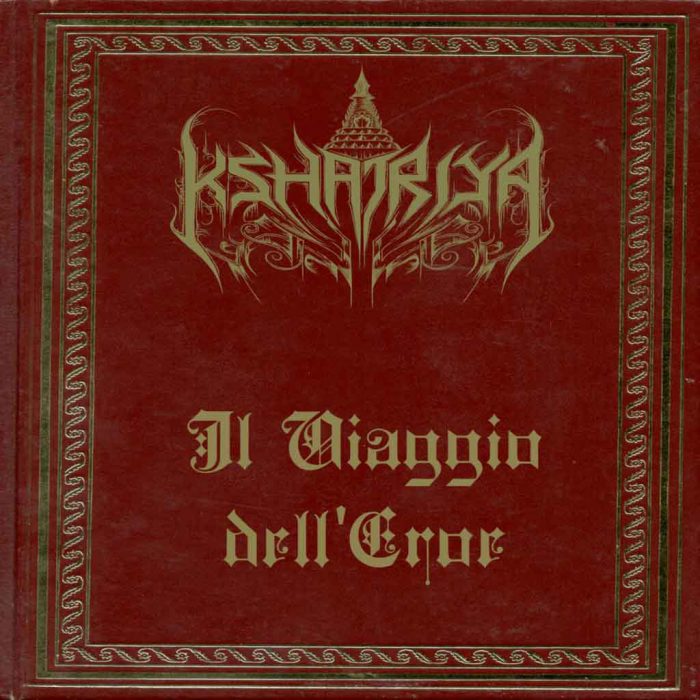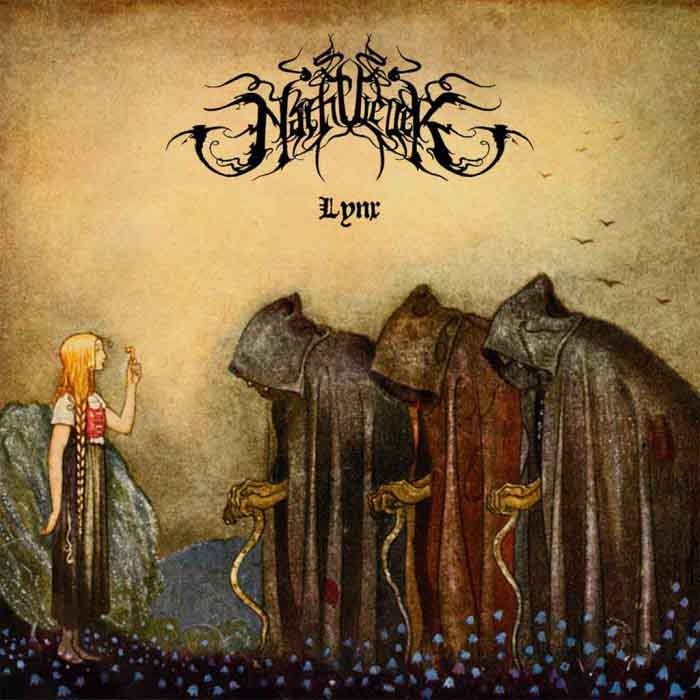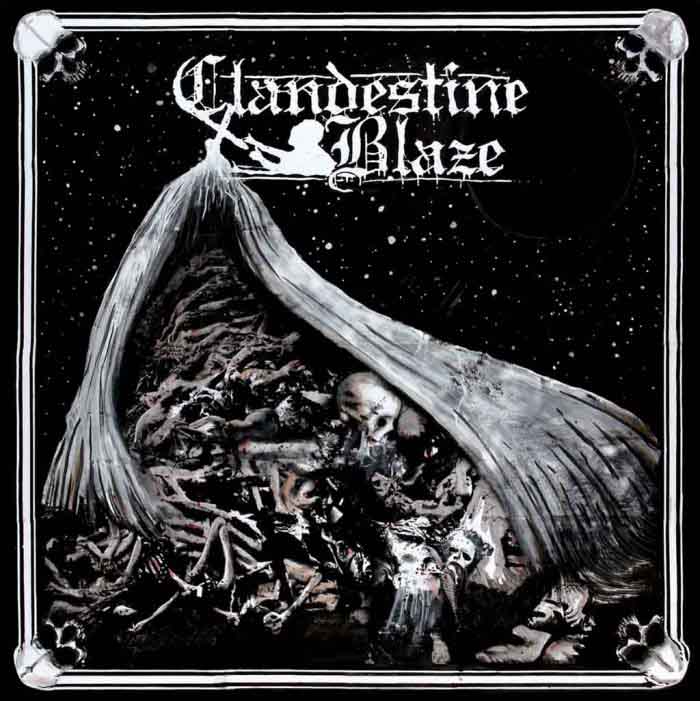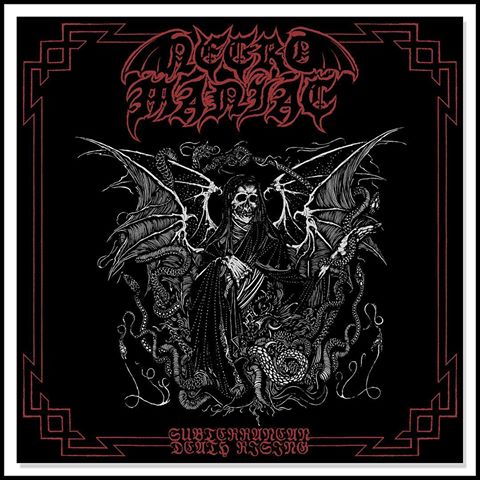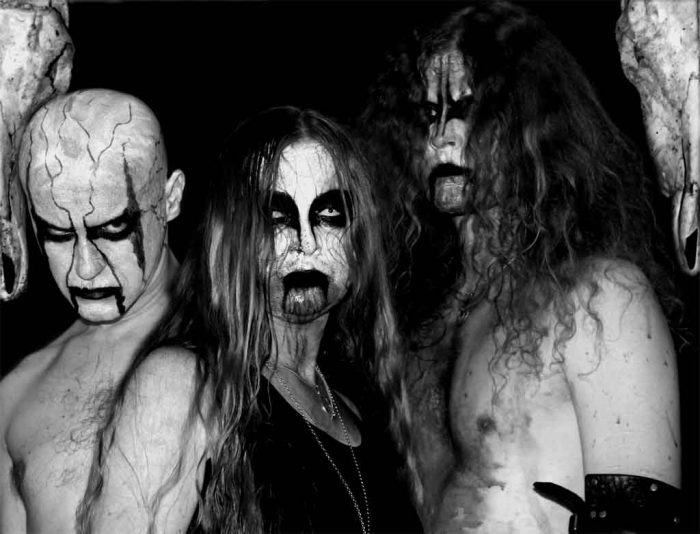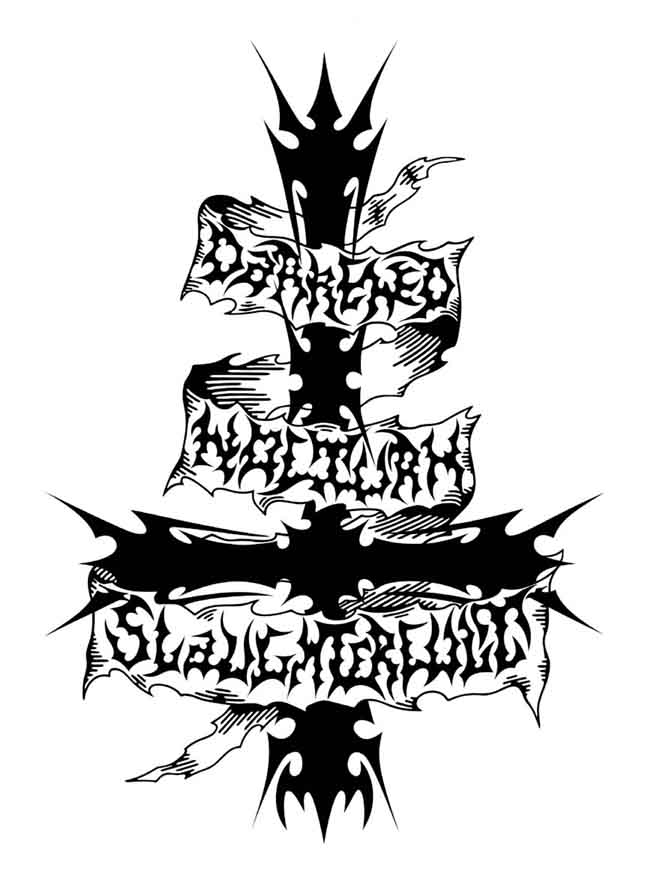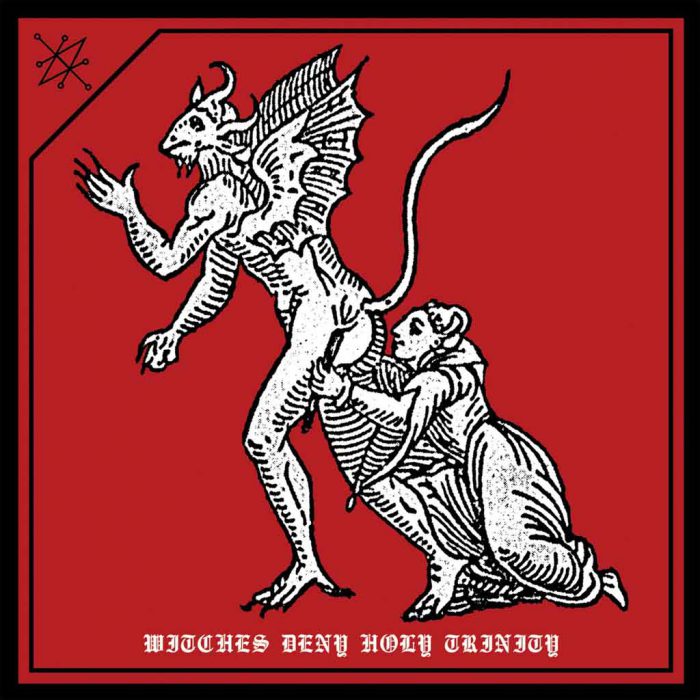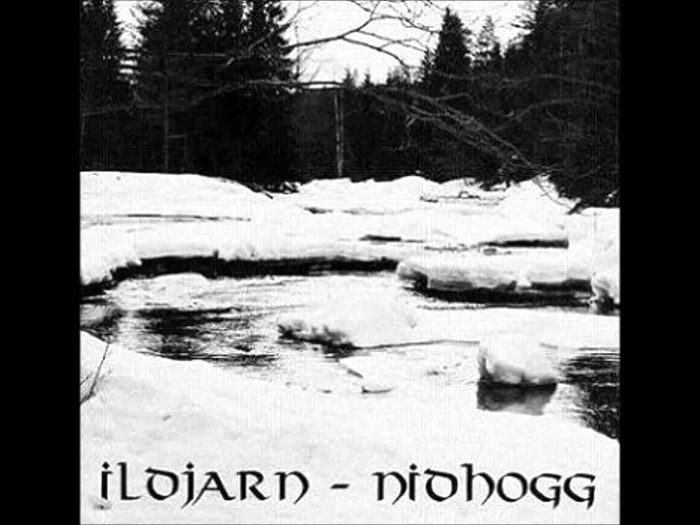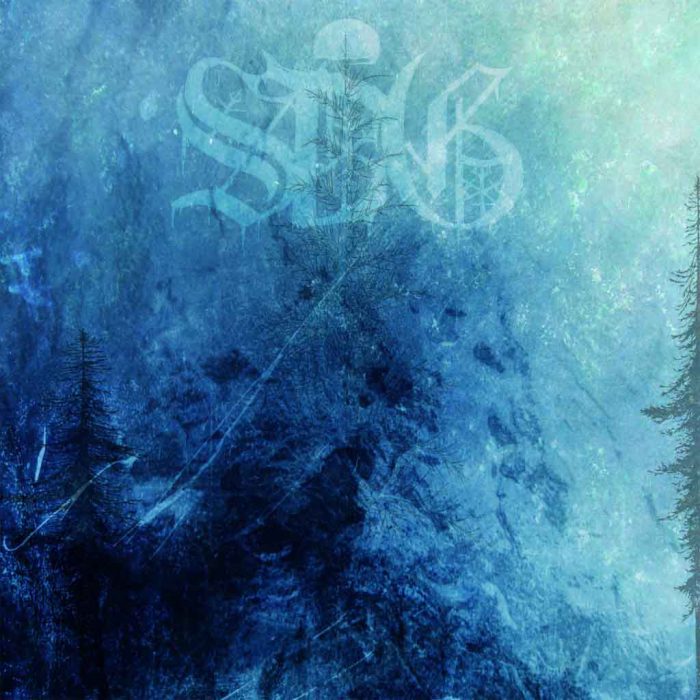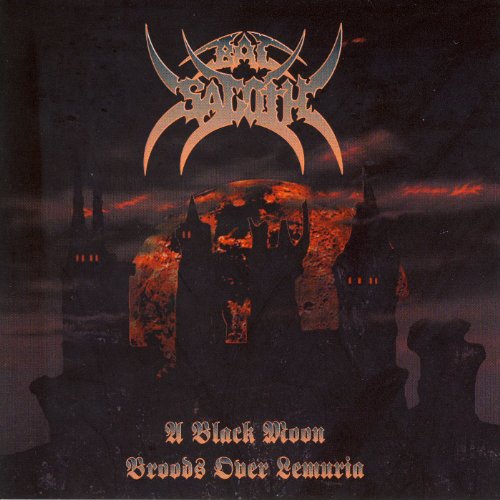
Floating between between Floridian Death metal and Black metal in the vein of Emperor with a large dose of the more percussive elements from the New York style. Bal-Sagoth do manage to fuse these elements in a combination that remains mainly in the aforementioned black metal style. An important element that would dominate later releases is the spoken word of Byron Roberts. Obsessed with reciting his long lyrics inspired by the fantasy books that he was devouring, Roberts will at times create a hostage situation where the music is on stand by and loses all the momentum built up, so that he can ramble on and the compositions can’t progress until he is done. Though his perfect diction and deep voice do keep in line with the aesthetics provided here, they add nothing to the music and kick the compositions back to the droning political punk where the music was just the backing track for the vocalist’s tirades.
(more…)
Tags: A Black Moon Broods Over Lemuria, Bal-Sagoth, Black Metal, emperor, Floridian Death metal, Martin Walkyrier, nydm, Sabbat(UK), story telling
